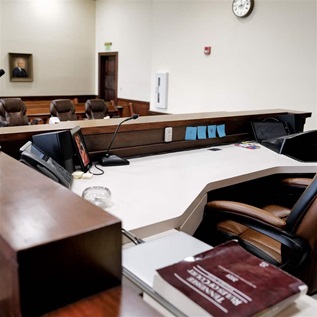Philadelphia is the Only Venue for a Major Exhibition Exploring Cezanne's Impact on Artists of Succeeding Generations
In 1907, the French painter Paul Cézanne's posthumous retrospective astonished younger artists, accelerating the experimentation of European modernism. Cézanne (1839-1906) became for Henri Matisse “a benevolent god of painting,” and for Pablo Picasso “my one and only master.” Cézanne's inclusion in the Armory Show in New York in 1913 also offered American artists a new direction. Cézanne & Beyond (February 26 through May 17, 2009) will examine the seismic shift provoked by this pivotal figure, examining him as form-giver, catalyst, and touchstone for artists who followed. It will survey the development of an artistic vision that anticipated Cubism and fueled a succession of artistic movements, and will juxtapose Cézanne's achievement with works by many who were inspired directly by him, showing a fluid interchange of form and ideas. It will place his work in context with more recent artists like Ellsworth Kelly, Jasper Johns, and Brice Marden, who in quite different ways came to terms with the master of Aix-en-Provence. His profound impact on successive generations endures to the present day. The exhibition will present more than 150 works, including a large group of paintings, watercolors and drawings by Cézanne, along with those of 18 later artists.
The works will be drawn from public and private collections around the world, including Canada, France, Germany, Italy, the Netherlands, Norway, Russia, Sweden, Switzerland, the United Kingdom, and the United States. It will be seen only in Philadelphia.
Cézanne and Beyond is made possible by ADVANTA.
Additional funding is provided by the Commonwealth of Pennsylvania, the Annenberg Foundation Fund for Major Exhibitions, The Florence Gould Foundation, The Andrew W. Mellon Fund for Scholarly Publications, the National Endowment for the Arts, and an indemnity from the Federal Council on the Arts and the Humanities. Promotional support is provided by NBC 10 WCAU, The Philadelphia Inquirer, Daily News, Philly.com, Amtrak, the Philadelphia Visitors and Convention Bureau and the Greater Philadelphia Tourism Marketing Corporation.
The artists included, in chronological order, are Henri Matisse, Piet Mondrian, Marsden Hartley, Fernand Léger, Pablo Picasso, Georges Braque, Charles Demuth, Max Beckmann, Liubov Popova, Giorgio Morandi, Alberto Giacometti, Arshile Gorky, Ellsworth Kelly, Jasper Johns, Brice Marden, and Jeff Wall, Sherrie Levine, and Francis Alÿs.
The Pew Charitable Trusts supports the Philadelphia Museum of Art through the Philadelphia Cultural Leadership Program.
For more information, visit the museum's Web site at http://www.philamuseum.org/exhibitions/312.html.











